Circuit Description
The engine control module (ECM) monitors engine operating conditions, including the reading of rail fuel pressure, and changes the flow command to either increase (Open the fuel pump actuator) or decrease (Close the fuel pump actuator) the fuel supply to the high-pressure pump.
Component Location
The fuel pump actuator is installed in the adapter on the back of the high-pressure fuel pump.
Conditions for Running the Diagnostics
This diagnostic runs continuously when the engine is running.
Conditions for Setting the Fault Codes
The ECM has detected that the fuel rail pressure reading has exceeded the recommended operating limits.
Action Taken When the Fault Code is Active
-The ECM illuminates the amber CHECK ENGINE light and/or the malfunction indicator lamp (MIL) immediately when the diagnostic runs and fails.
Conditions for Clearing the Fault Code
-To validate the repair, start the engine and let it idle for 1 minute.
-The ECM will turn off the amber CHECK ENGINE light immediately after the diagnostic runs and passes.
-The ECM will turn off the MIL after three consecutive ignition cycles that the diagnostic runs and passes.
-This fault code and MIL can also be cleared with INSITE™ electronic service tool.
Shop Talk
A fuel pump actuator with excessive leakage or a damaged inboard o-ring will result in high fuel rail pressures at idle or light load.
If the fuel pump actuator exhibits excessive leakage, it is possible that the fuel rail pressure will reach the opening pressure of the fuel rail pressure relief valve and Fault Code 1911 could possibly become active.
The fuel rail pressure sensor can also be checked. When checking the fuel rail pressure sensor accuracy, make sure the high-pressure fuel rail is not pressurized. The fuel pump, high-pressure fuel lines, and fuel rail contain very high-pressure fuel. Do not loosen any fittings while the engine is running. Wait at least 10 minutes after shutting down the engine before loosening any fittings in the high-pressure fuel system to allow pressure to decrease to a lower level. There could be a significant amount of time waiting on the rail to depressurize to zero on some engines. In such cases, it could be necessary to manually relieve the pressure from the high-pressure fuel rail.


 AGCO
AGCO ALLISON
ALLISON BENDIX
BENDIX BOBCAT
BOBCAT CAT
CAT CLAAS
CLAAS CNH
CNH DAF
DAF DETROIT
DETROIT EATON
EATON FREIGHTLINER
FREIGHTLINER HINO
HINO HITACHI
HITACHI ISUZU
ISUZU JCB
JCB JOHN DEERE
JOHN DEERE JPRO
JPRO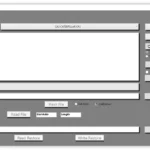 MAGIC TUNER
MAGIC TUNER MAN
MAN Navistar
Navistar PACCAR
PACCAR PERKINS
PERKINS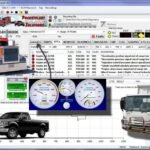 PF DIAGNOSE
PF DIAGNOSE PSI POWERLINK
PSI POWERLINK RENAULT
RENAULT SCANIA
SCANIA THERMO KING
THERMO KING UD NISSAN
UD NISSAN VOLVO
VOLVO WABCO
WABCO ZF TESTMAN
ZF TESTMAN
 BELL
BELL BENDIX
BENDIX BOBCAT
BOBCAT CARRIE
CARRIE DAF
DAF DETROIT
DETROIT EATON
EATON FUSO
FUSO MACK
MACK
 Cumminz
Cumminz ISB4.5 CM2150
ISB4.5 CM2150 All Engines (2017 Emissions)
All Engines (2017 Emissions) PACCAR
PACCAR
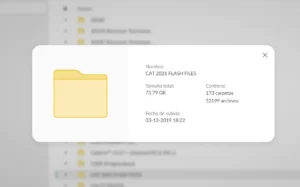

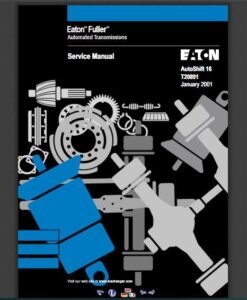
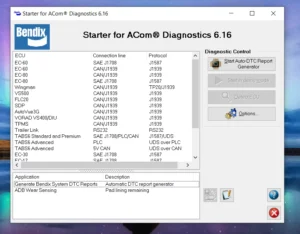

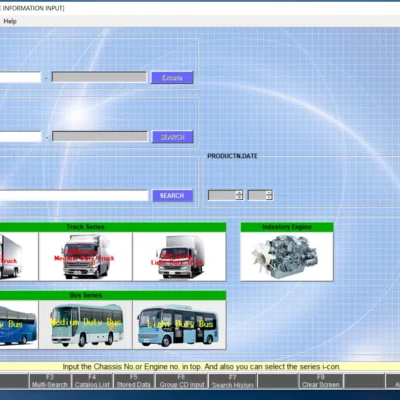


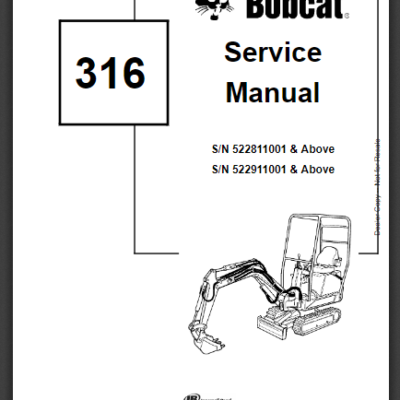
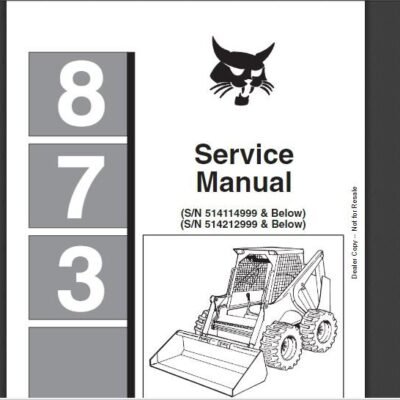
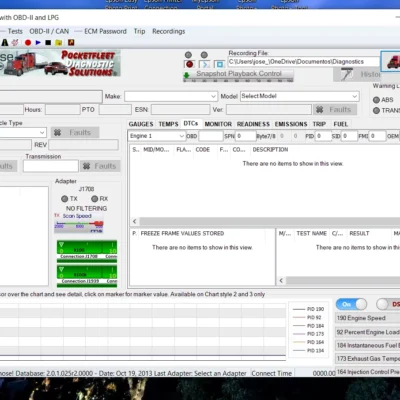
![DOOSAN EDIA AS FULL SUPERVISOR 2.4.0.7 [2023.06] is a comprehensive diagnostic software specifically designed for Doosan machinery. This version, released in June 2023, enhances monitoring and troubleshooting capabilities for heavy equipment. The software features an intuitive user interface and supports continuous updates. It is also compatible with various Doosan models and offers remote installation assistance via TeamViewer, maximizing efficiency in equipment management.](https://ecmtrucks.com/wp-content/uploads/2024/08/55-400x400.png)
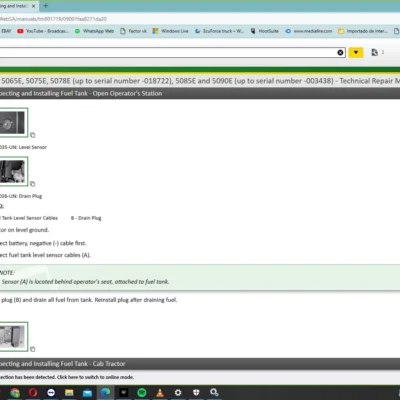
![The DOOSAN DIAGNOSTIC TOOL T3 EDC7 00.12 [2022.11], launched in December 2022, is a comprehensive solution for diagnosing and maintaining Doosan heavy equipment. It is designed to enhance operational efficiency and reduce downtime for technicians and businesses. This tool offers a variety of features, including compatibility with multiple Windows systems and support for electronic fuel injection diagnostics. Its user-friendly interface and remote installation support via TeamViewer make it accessible for both experienced and less experienced users.](https://ecmtrucks.com/wp-content/uploads/2024/08/222-400x400.png)
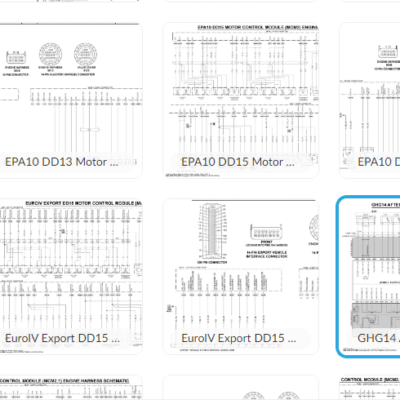

Reviews
Clear filtersThere are no reviews yet.